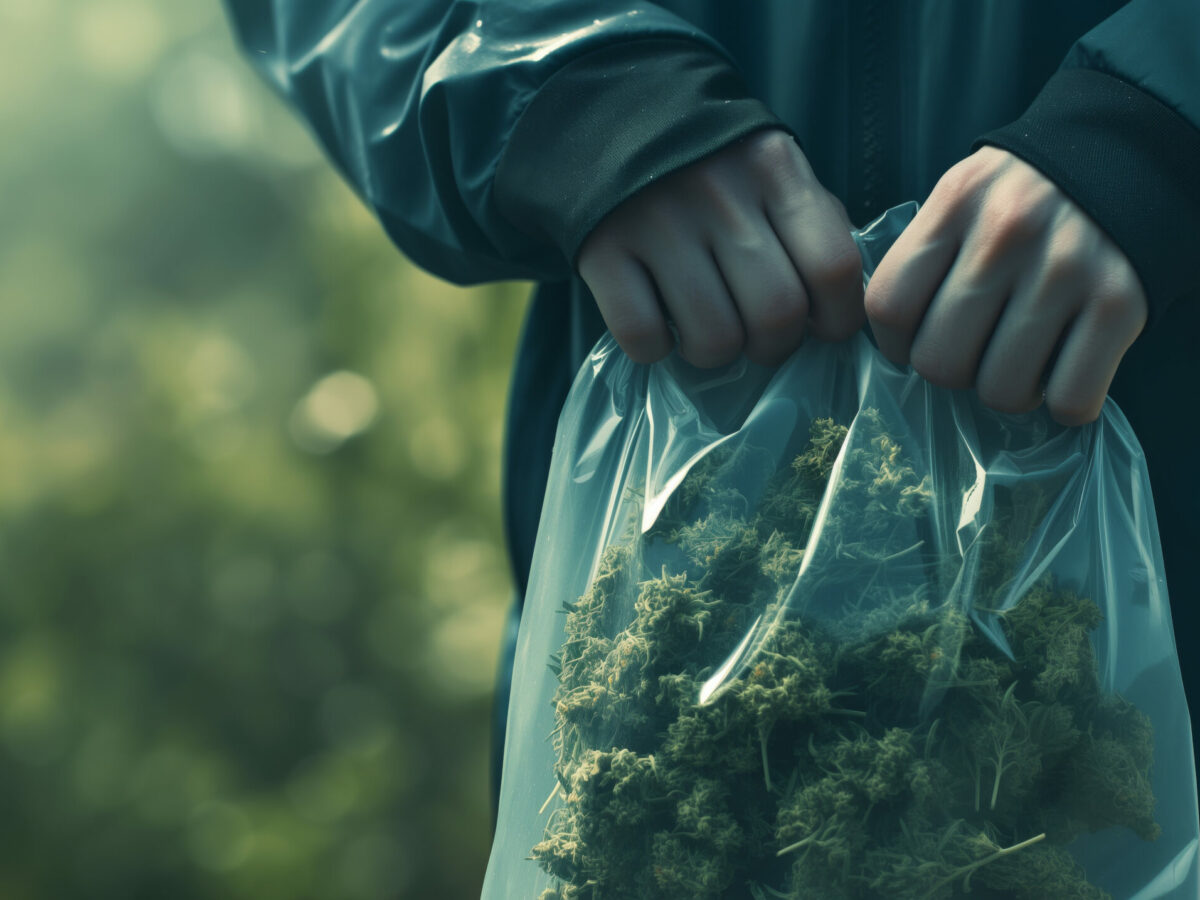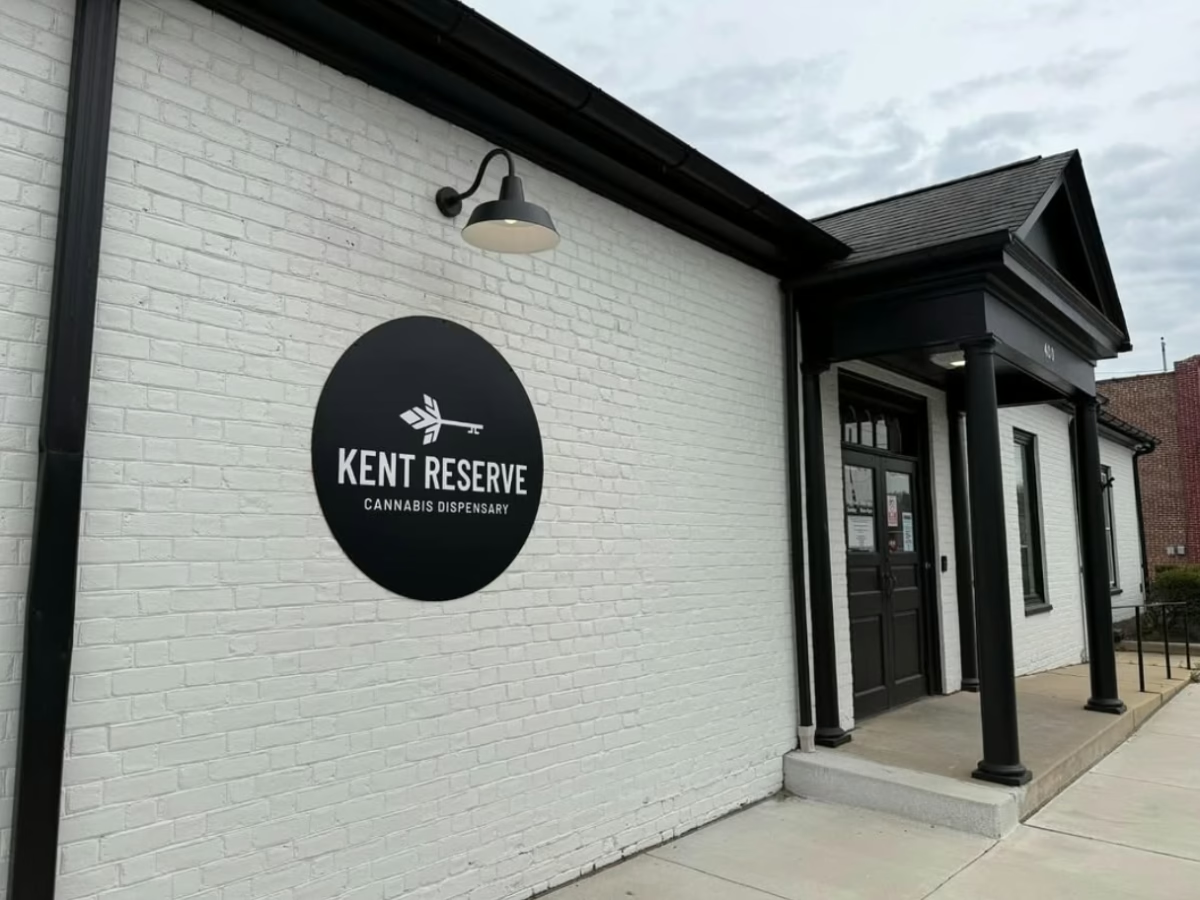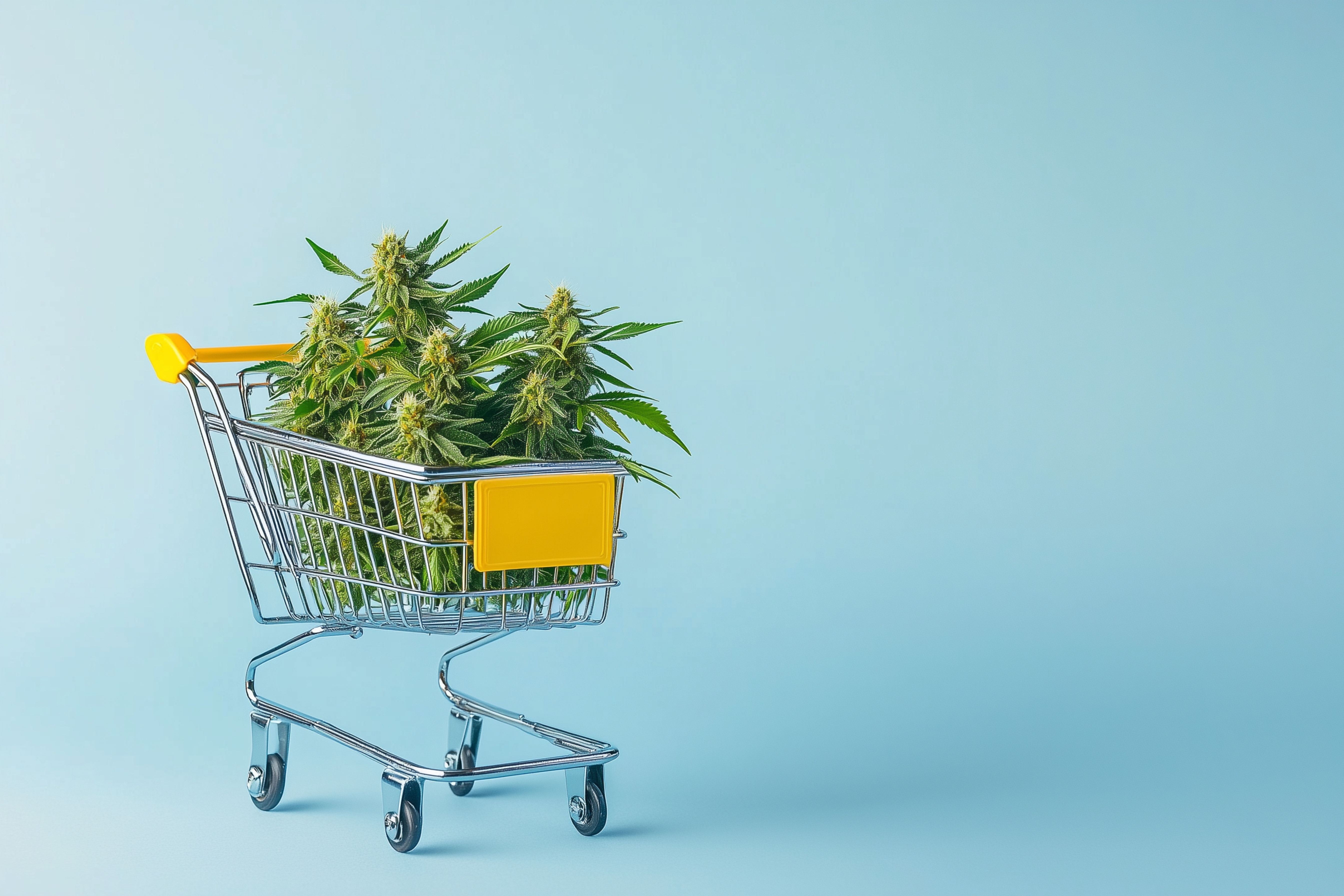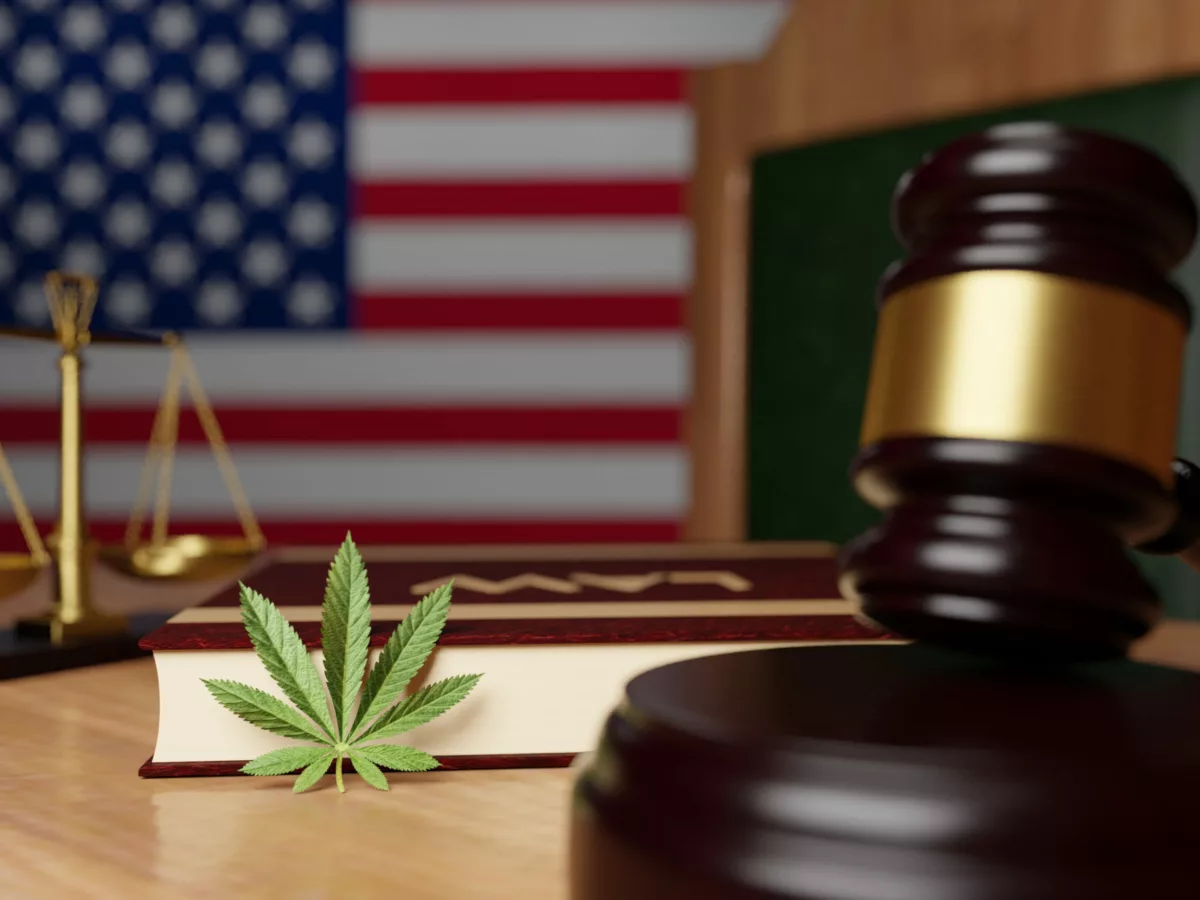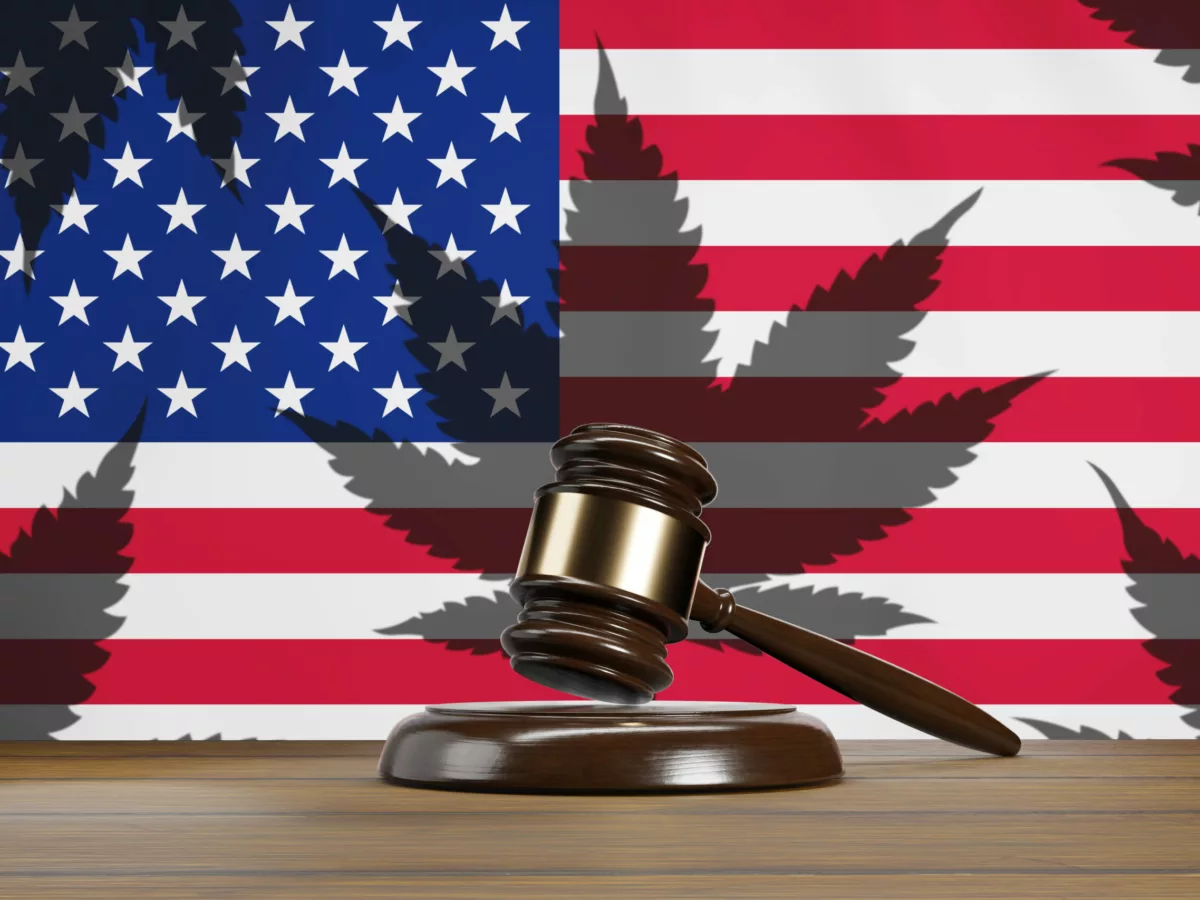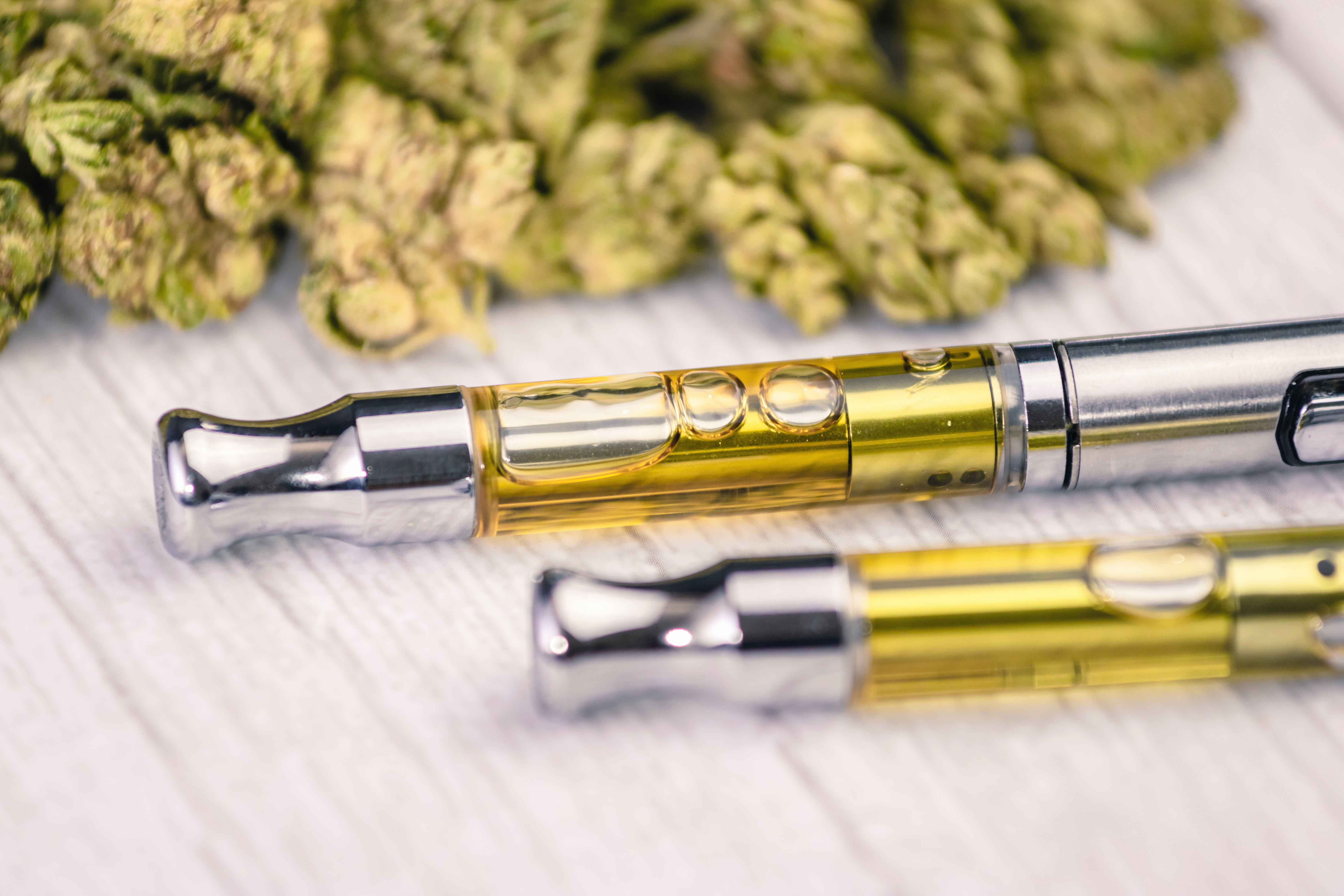Last week, Alexandria, Virginia officials put out a warning to citizens about the possibility of cannabis that, they wrote, “may be mixed with unusual substances.” The warning was put out after there were what officials characterized as four “overdoses”—including one fatal overdose—that it would seem, cannabis was involved. The three people who suffered non-fatal overdoses were revived using Narcan, a nasal spray that can help treat a narcotics overdose reversing its effects.
Local news in Virginia dutifully reported on the warning, but there are a number of questions about the nature of the overdose and how it connects to cannabis and how this information is known. Over the past decade as the “opioid epidemic”—or more accurately the overdose crisis resulting from batches of opioids that contain fentanyl—has become a hot topic in the media, it has brought with it a great deal of misinformation about opioids and overdoses. Namely, myths that the deadly drug fentanyl is even more deadly than it actually is. Emergency physician and noted commentator on drug misinformation Dr. Ryan Marino even began a campaign on Twitter using the hashtag “#WTFentanyl” calling attention to public officials including police perpetuating myths about how fentanyl is dangerous through news stories and press releases that claim people have overdosed simply by touching fentanyl (this is a myth: fentanyl cannot be absorbed through the skin). All of this makes the announcement about cannabis “tainted” somehow with dangerous—and even deadly—opioids worth investigating further.
The warning from the city of Alexandria reads in full: “The City of Alexandria is notifying the public of the potential that marijuana in the region may be mixed with unusual substances, after four recent overdoses in the nearby Prince William County Health District. One person died, and the other three were revived with Narcan (naloxone), suggesting that the marijuana may have been mixed with opioids. While use of any illegal drug is dangerous, City officials are urging residents to be especially cautious given these recent overdoses.”
The Outlaw Report reached out about a number of clarifications about the story including whether or not the cannabis which allegedly caused the overdoses was smoked (rather than ingested), whether or not it was cannabis or some sort of more dangerous synthetic cannabinoid, and perhaps most importantly, how Prince William County Health District knew that the overdose was the result of the cannabis and not for example, just something that was used around the same time as the overdose.
More than a week later, there is apparently no additional information about the supposed “tainted” cannabis, according to Kathy Stewart, Communications Specialist for Prince William Health District.
“I’m not aware of anything new,” Stewart wrote over email.
Meanwhile, Virginia’s National Organization for the Reform of Marijuana Laws (NORML) released its own statement about tainted cannabis. The organization offered the scare up as yet another example of why the legalization of cannabis is so important. Virginia NORML Executive Director Jenn Michelle Pedini noted that legalization brings with it regulation which would severely limit the likelihood of purchasing cannabis that might be tainted.
“Ceding control of the marijuana market to unregulated criminal enterprises in no way provides for public or consumer safety,” Pedini said. “Let’s be clear: legalization neither creates nor normalizes the marijuana market. This market already exists in Virginia and is widespread. But today this market remains underground and those involved in it largely remain unaccountable. They don’t pay taxes, they don’t check IDs, and they don’t test the purity of their product. By contrast, legalization and regulation provides oversight regarding who may legally operate in said markets and provides guidelines so that those who do can engage in best practices — ensuring that the market is safe and transparent.”
Virginia NORML also provided a response from Delegate Stephen Heretick.
“Just like alcohol prohibition gave rise to the illicit production of dangerous ‘bathtub gin,’ marijuana prohibition provides bad actors, not licensed businesses, the opportunity to fulfill consumers’ demand,” Heretick said. “This is why we need to displace this illicit market with one that is governed by common sense regulations and controls.”
Photo by Darwin Brandis via Shutterstock.

